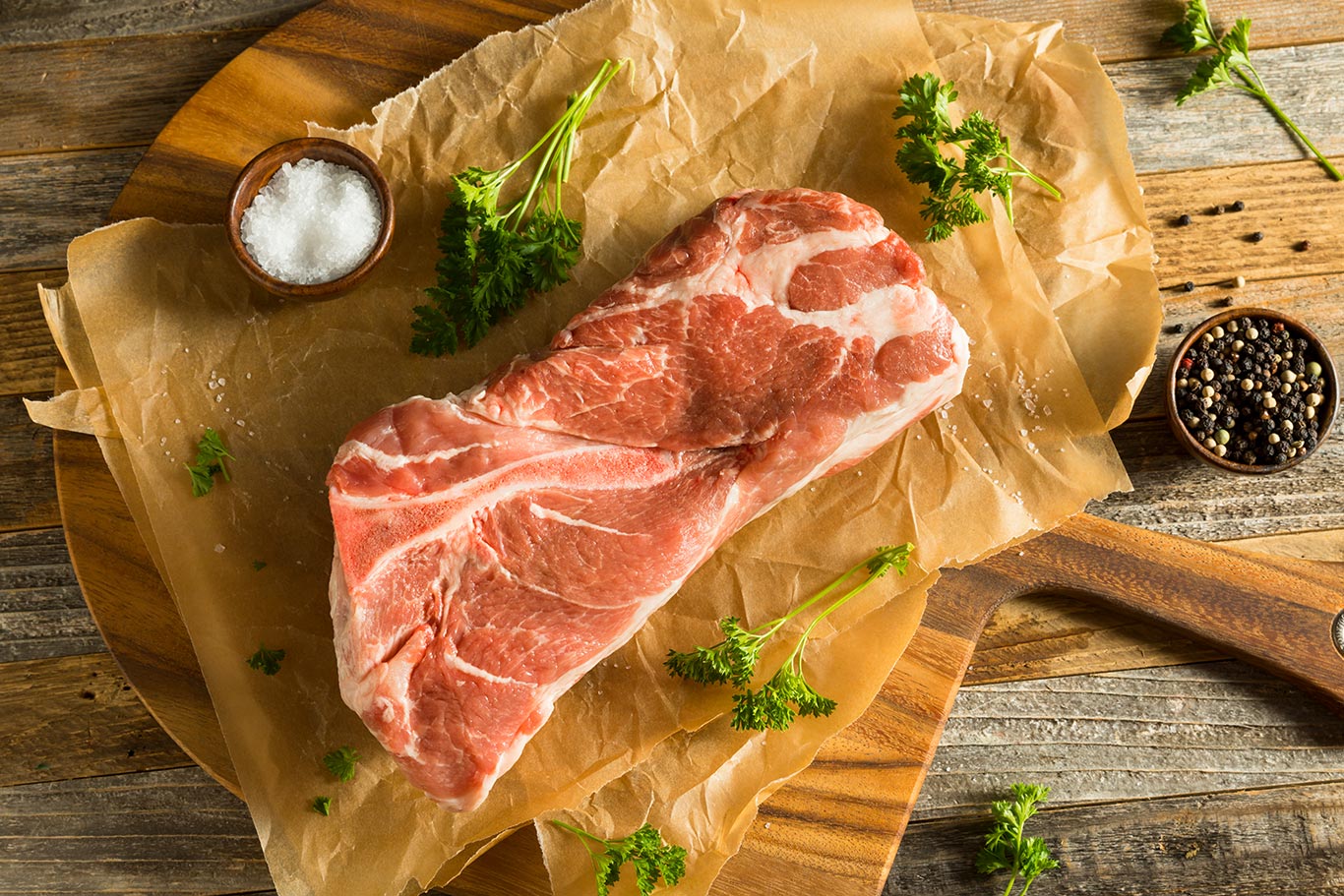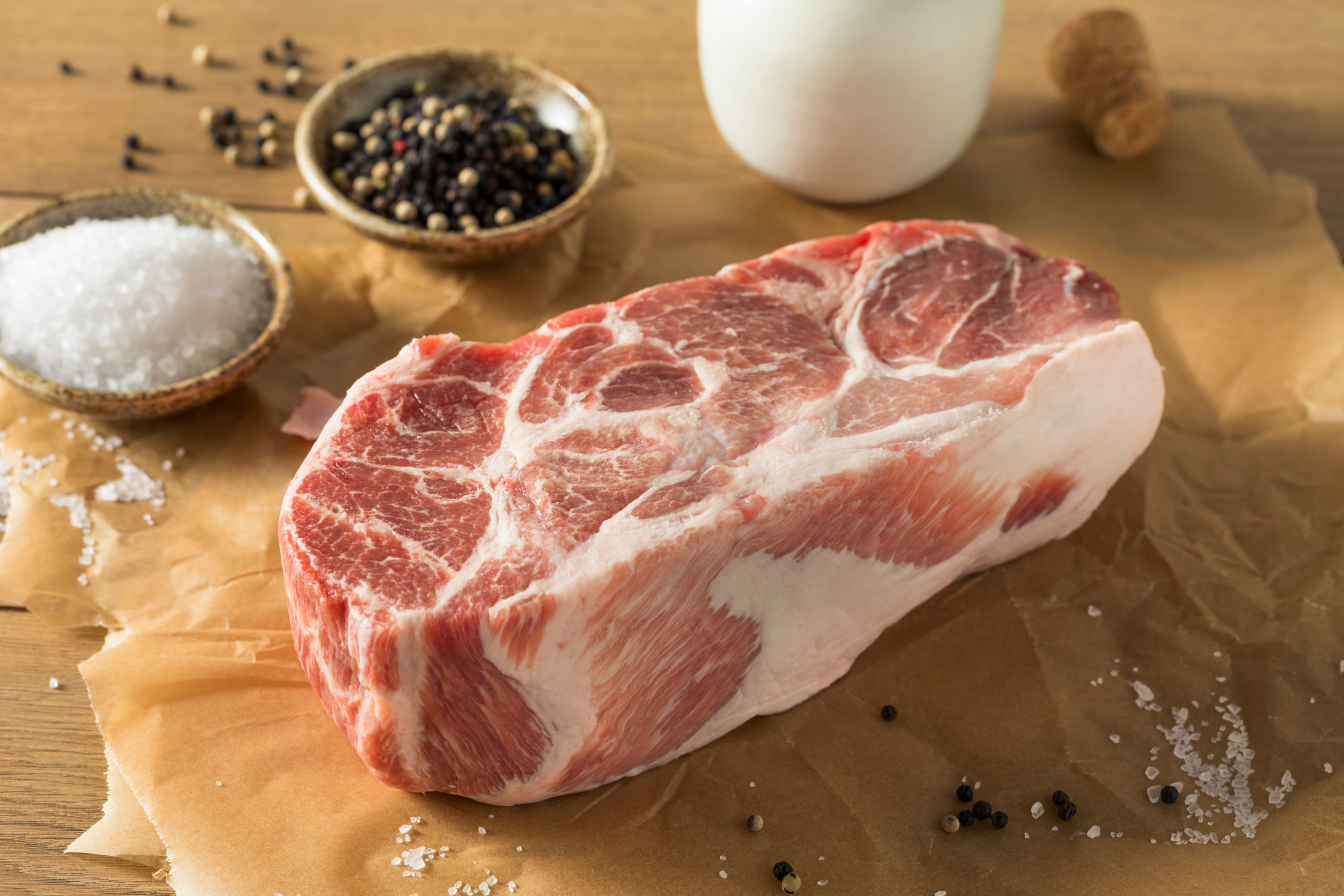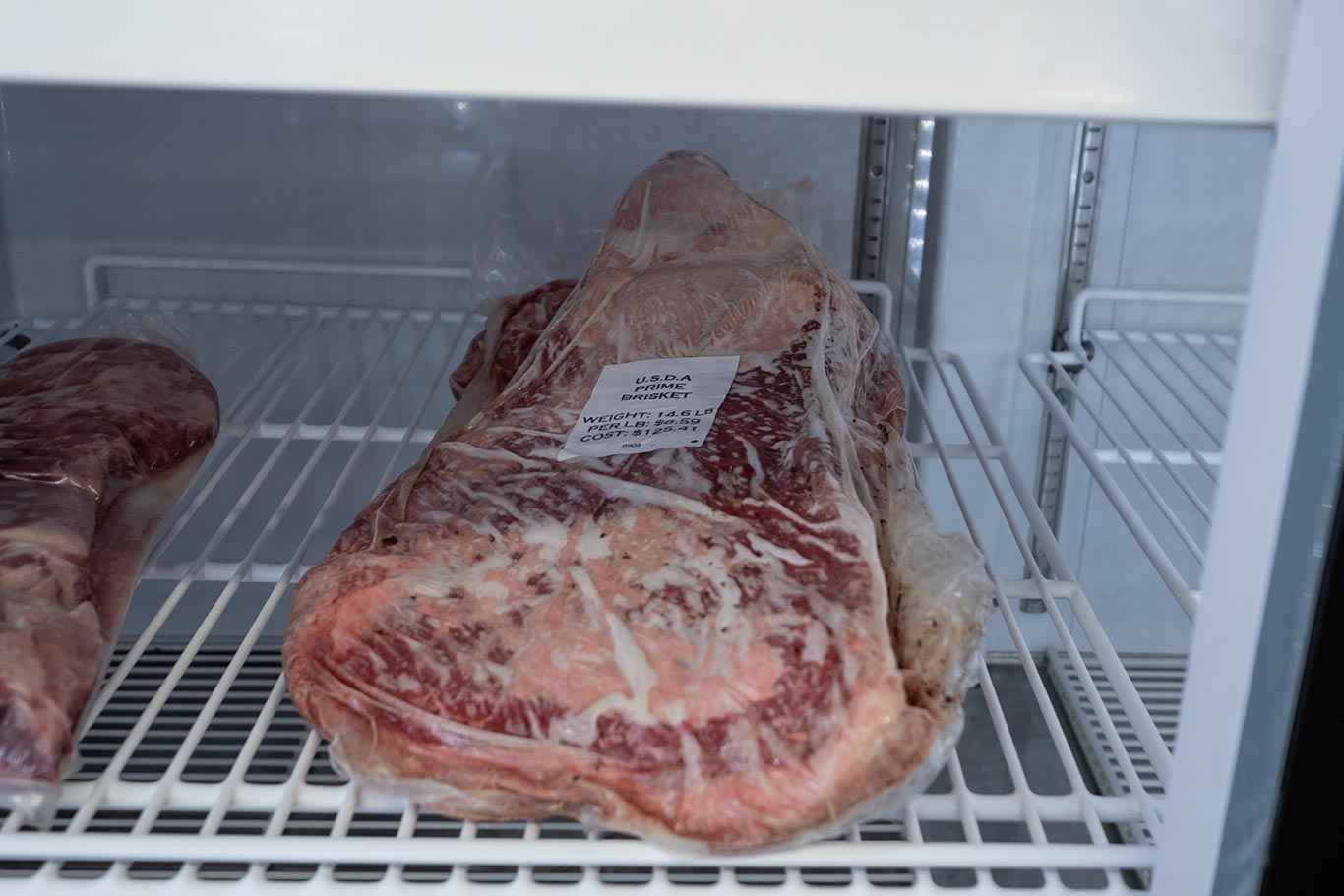Pitmasters better than most know how important it is to have that perfect smoke when barbecuing. It can make the difference between winning or losing in the contest circuit. It is as important for the novice and the backyard pro. It can mean a perfect cook and a disaster. The last thing you want to be known as is the GrillMaster whose meats taste like a pure hardwood baguette. So yes, there is good and bad smoke.
Let’s discuss what is happening with combustion and the production of smoke. All forms of combustion can produce some amount of smoke, just some are better than others. Wood, pellets, charcoal produce better combustible byproducts than gas and electric. So our discussion will concentrate on wood.
In the most technical sense wood goes through 4 stages of burning. To avoid a highly technical and boring conversation we will call it two stages. At GrillBillies we explain to customers that wood goes through two major phases. The primary and the secondary burn. The primary burn is the phase where the wood is heating up and in our case over a bed of hot charcoal. We like to start our offset reverse flow, direct flow and upright smokers with a good base layer of hot charcoal.
In the primary burn the wood is just heating up (smoldering). The same by-products nitrates, carbon monoxide, creosote that gives us that delicious smoky flavor are produced but just in a different state. When the wood is heating up it is producing the same combustible by products but in large particulates. In this state they are heavy and can “drop out” on the food resulting in a very smokey strong taste. The smoke you see in this stage is a billowing white or gray white smoke. This is the smoke to avoid when cooking low and slow.
When wood heats up to a temperature of about 575 to 600 degrees the gases in the wood are released and the wood bursts into flames. The particulates from the burning gases are smaller and that gives us the smoke which makes our barbecue so good. At this stage the smoke will be a visible blue/white.
There are 100 combustible by products from burning wood. The ones that contribute the most to the flavor of our barbecue are nitric oxide, creosote, carbon monoxide, carbon dioxide, guaiacol, syringol, phenols and water vapor. In a properly burning fire these by products will add just the right amount of flavor to your meat.
Now all being said there is a point during the cooking process where you may think you have returned to the primary burn. Well into the cook the meat is heating up and releasing juices that will vaporize and exit the pit giving the impression that we returned to that billowing white smoke associated with the primary burn. This water vapor and is normal. As long as your wood is lit there is no problem.
How do we achieve the perfect smoke? Start with a good bed of lit charcoal. Add properly seasoned wood. Have all vents wide open so the fire gets enough oxygen to achieve combustion and within several minutes you should see the smoke change from a billowing white to a nice blue white. Time to get the meat on!


